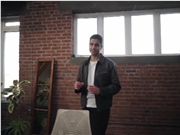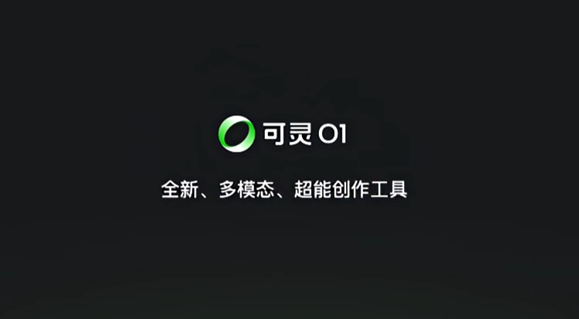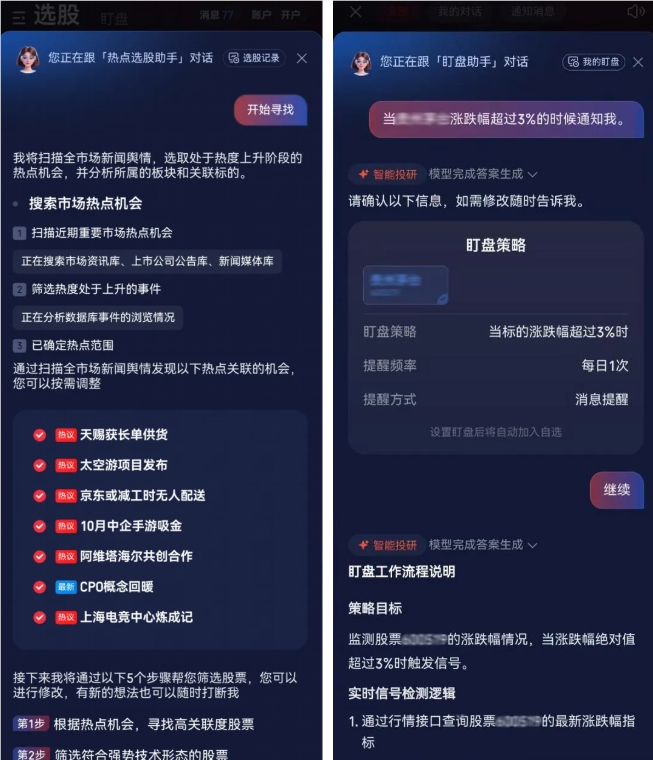Pinterest introduced new content control tools on Thursday, allowing users to limit the proportion of AI-generated content in their feed. This move is a direct response to user dissatisfaction, as many users had previously complained about the surge of AI-generated images on the platform, and media outlets have also discussed whether AI content has already "ruined" Pinterest.
As a platform widely used for browsing and saving inspiration content and potential shopping options, Pinterest has recently faced criticism due to the large influx of AI-generated content. If this issue remains unresolved, it could damage the platform's reputation and ultimately affect its business performance.
The proliferation of AI-generated content is an increasingly serious issue. As the proportion of AI content on the internet continues to rise and the quality of generated content improves, identifying such content has become more challenging. Pinterest cited academic literature stating that generative AI content now accounts for 57% of all online content.

To address this challenge, Pinterest introduced the "AI modified" label earlier this year. This label appears when image metadata indicates that the content was generated by AI or when the platform's system detects that the content is AI-generated. At the time, the company stated that it would "soon" launch consumer-facing tools allowing users to choose to see less AI content.
These tools are now available, and users can find the relevant features under the "Optimize Your Recommendations" option in the "Settings" menu of the app. In this setting, users can configure whether they want to see less generative AI content in specific categories, including areas such as beauty, art, fashion, and home decor, which are prone to AI-generated images. Pinterest said it will add more categories based on user feedback, and users can modify their settings at any time.
In addition, users can provide feedback on AI images while browsing the website. If they encounter a Pin that is unattractive due to its AI-generated characteristics, they can click the three-dot menu and select the corresponding category to adjust their preferences.
The new control features are now available on the website and Android versions, and will be rolled out to iOS users in the coming weeks. Pinterest also mentioned that it will make the existing generative AI content tags more prominent in the next few days.
Matt Madrigal, Pinterest's Chief Technology Officer, said in a statement: "Our community is at the center of everything we do. With the new generative AI control features, we empower users to experience a personalized Pinterest like never before—striking the right balance between human creativity and AI innovation, ensuring that every feed truly reflects the content that best inspires them."
From a product strategy perspective, Pinterest has chosen a "user-selectable" compromise, neither completely banning AI content nor letting it dominate the platform. This approach attempts to find a balance between embracing AI technology and protecting the user experience. However, the effectiveness of this approach depends on the accuracy of AI content identification and whether users are willing to actively adjust their settings. Considering the data that 57% of online content is already AI-generated, how to maintain content richness while meeting the needs of different user groups will remain a challenge that Pinterest must continue to face.










